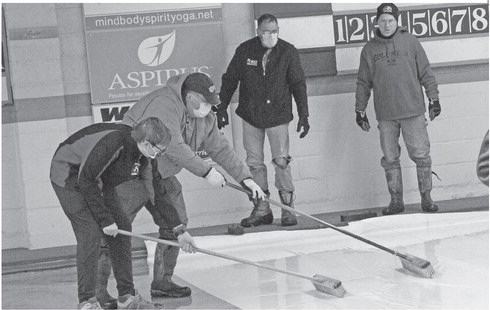The art and science of making curling ice


Making ice is an art form and Mitch Mertens of the Medford Curling Club is a master artist.
Mertens has been in charge of the ice making and maintenance at ...


Making ice is an art form and Mitch Mertens of the Medford Curling Club is a master artist.
Mertens has been in charge of the ice making and maintenance at ...